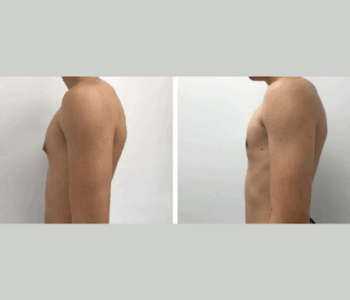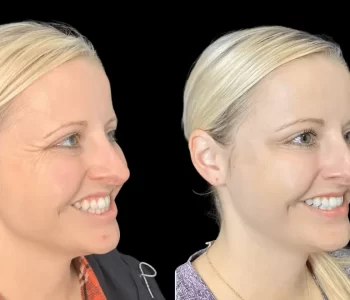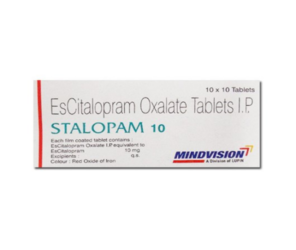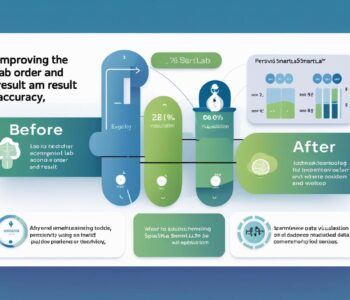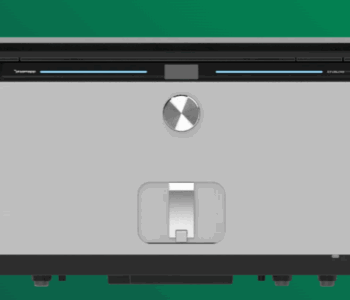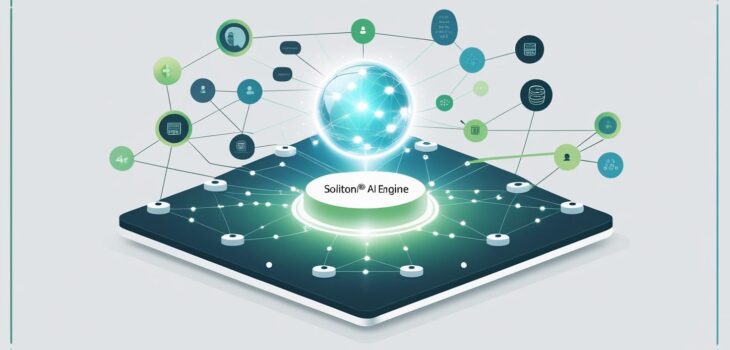 Health
Health
Fixing Clinical Fragmentation with the Soliton® – AI Engine
Without understanding, speed is only noise. Thus far, most AI engines in the healthcare industry have accelerated without considering the actual clinical requirements. In contrast, the Soliton® AI Engine refuses to operate in a vacuum. Without knowledge, it cannot make predictions. Without context, it does not imply. Rather, it enters the clinical setting with real-time knowledge and data fluency that physicians can rely on.
Soliton® alters the framework in a system where fragmented data results in fragmented care. It brings various data sources together and synchronizes them with actionable logic inside the initial layer of interaction. In other words, patients are more than simply table rows. Every click, test result, note, and biometric feed transforms them into dynamic and live care profiles.
Why Healthcare’s Decision-Making Model Remains Broken
Access to data is not the problem nowadays. It provides real-time updates to pertinent, contextualized data. The majority of systems continue to consider lab findings, socioeconomic determinants, gadgets, and EMRs as distinct entities. Providers bear the responsibility of making these connections, which is how things get overlooked.
Our care environments are intelligence-poor despite being data-rich, and Soliton® tackles the root of the problem. The signals are plenty, but the synthesis is lacking. The way Soliton® AI Engine fixes this is by:
- Consuming non-clinical and clinical data at the same time
- Providing real-time access to all of that data
- Continually comparing each patient profile against hundreds of regulations
- Allowing care teams to respond to insights as they become available, rather than waiting hours or days to act
Real-Time Context: What Most AI Platforms Lack
You can learn what occurred from legacy systems. Seldom do they assist you in determining the next course of action. Within a patient’s changing profile, Soliton® – AI Engine does real-time analytics. From biometric spikes to care gap reductions, every update adds a new level of understanding.
Why is Soliton® a real-time system?
| Feature | Value Delivered |
| Event-driven architecture | Detects changes as they occur, triggering automatic recalculations |
| Rule orchestration layer | Applied thousands of rules simultaneously |
| Federated data models | Ingests data from EMRs, labs, and devices. HIEs social feeds |
| Care protocols engine | Executes evidence-based logic alignment with care plans |
The majority of engines treat patients as if they were static files. Soliton® assesses them as though they were actual people whose health fluctuates on a minute-by-minute basis.
Scale Without Compromising Clinical Relevance
When used at scale, Soliton® does not weaken reasoning. It adjusts. Soliton® uses customized rule sets to ensure the logic suits the clinical setting, whether a small clinic treating hundreds of patients or a multi-state health system overseeing millions. It is compatible with:
- More than 50 unconventional treatment procedures and more than 800 distinct clinical rules
- Authoring custom rules to suit regional processes
- Regular updates as the care process develops
You are not stuck in the purgatory of static guidelines. More significantly, Soliton® changes with your patients as well as with therapy.
Utilizing Operational Muscle and Clinical Logic
The majority of AI engines falter here. After diagnosing the problem, they deliver it to your house. Moving on to the operational side, Soliton® – AI Engine integrates directly with task generators, workflow systems, and alert frameworks.
- Find a gap in care? A task has been assigned.
- Notice a downward trend? An intervention was initiated.
- Is there a detected protocol deviation? The alert was routed right away.
Individualized Treatment for All Risk Levels
In addition to chronic illnesses, Soliton® also uses clinical events, biometric changes, and potentially obscure risk signals to stratify patients. The fact that a diabetic patient’s A1c is under control does not imply that they are doing well. The system is aware of any poor trends in their blood pressure, weight, or mood.
Important Risk Intelligence Skills:
- Models of predictive degradation
- Dynamic risk scoring
- Customized plan creation
- Auto-closure of care gaps when rules are met
This calls for proactive rather than reactive action.
Complements the Whole Clinical Fabric
An overlay is not what Soliton® is. It is not a plugin. It is a fundamental component of the system that handles data flow and care decision-making. Its integration includes:
- EMRs (using bidirectional APIs)
- Tools for remote patient monitoring
- Clinical data sources based on HL7 and FHIR
- Claims platforms and social determinants
It can generate wide-impact logic because of its large intake capacity. Instead of cuts, you get the entire patient perspective.
Actual Results, Not Theories
Operational benchmarks taken from actual deployments show that Soliton® – AI Engine has made performance possible:
- Shorter time to close the care gap
- Adherence to preventive services has increased.
- Updates to chronic care plans are quicker.
- Significantly lowering alert fatigue with clever routing
Built With Care Coordination at the Core
While predictive analytics and diagnostics are frequently the focus of AI in healthcare, Soliton® goes further into the provision of treatment. Finding a patient who poses a high risk is only the first step. It ensures that the care team is aware of what has to be done, when, and how to prevent that intervention from becoming lost.
- Important Coordination Elements:
- Automated task creation using triggered rules
- Alerts from the care team that provide patient context
- Every rule execution and clinical judgment has an audit trail.
Faster as well as Smarter
If intelligence comes after the fact, it is useless. The event-based processing of Soliton® eliminates the need for scheduling insights. They are set off. As a result, the engine is quicker and, more crucially, more efficient.
- Changes in lab values? Instantaneous rule triggers
- Detection of admission? It instantly recalculates the risk plan.
- Has a new diagnosis been added? The protocol is dynamically adjusted.
Transitioning to Intelligence from Automation
True artificial intelligence differs much from automation. Reports can be filed by automation. AI ought to question presumptions. The purpose of Soliton® is to:
- Challenge antiquated procedures
- Recognize subtleties in patient patterns
- Modify the decision support logic in real time.
CareSpace®: Intelligence’s Operational Powerhouse
The effectiveness of any AI engine depends on the platform that provides it. CareSpace® comes into play in this situation. For Soliton®, it is not only the host. It is the layer of execution. The place where ideas become processes and processes become action.
CareSpace® offers:
- Unified patient view across locations and programs
- Direct communication with payer programs, provider associations, and care teams
- Real-time dashboards driven by the logic outputs of Soliton®
Use case:
When a patient is involved in many programs, such as mental health, readmission reduction, and chronic care, CareSpace® makes sure that all Soliton® logic operates in real time across all programs, bringing to light insights that complement rather than contradict one another. That is the clarity of execution.
The Significance of Persivia
Most health systems wish they had the infrastructure they do now, and Soliton® and CareSpace® are examples of that. Persivia’s dedication to integrating usability and logic into the same environment raises the bar. Persivia bridges the most prevalent gaps in care delivery by providing a fully integrated, AI-powered platform with scalable rule writing, configurable workflows, and real-time execution.
Persivia is a partner in systems thinking that creates logic engines that truly function well under operational, financial, and therapeutic stress. Persivia’s Soliton® and CareSpace® reflect not just the future but also the essential present for healthcare teams prepared to stop responding and begin predicting.



